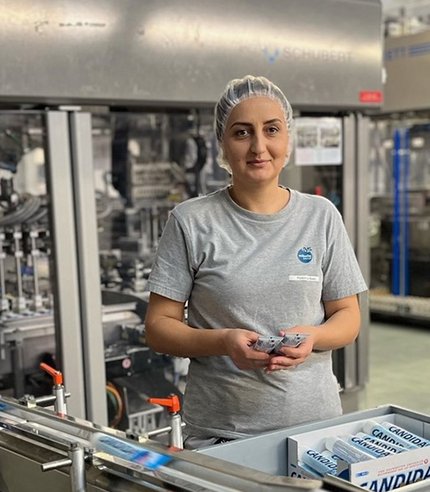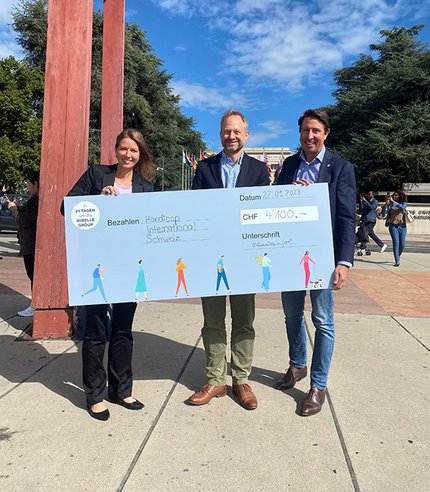For some time now, consumption has been moving away from just stationary retail. We can see numerous of changes in retail when we analyse the customer journey. The future of shopping will be more diverse and networked and will take place across different channels. The boundaries between stationary retail (offline) and ecommerce (online) are becoming increasingly blurred. The customer is to be supported seamlessly across all channels. From product research and the purchasing procedure to service in the after-sales process. In terms of seamless commerce, the following question is at the fore: “What can I as retailer do in order to support the customer throughout the sales process and ensure that the customer buys from us? How can I make life simpler for the customer?”
A completely new kind of customer interaction – omnichannel commerce
The focus is on the relationship between the customer, his/her preferences and communication that is as dynamic as possible. Service-oriented companies use all the available channels in order to provide the consumer with information and also to answer questions. Whether this is by traditional stationary retail, or by digital channels independent of location, such as social media, apps, chats and bots, or by an individual combination of all the different channels. Whereas channels used to be narrow and selective, today, they are broad and diverse.
Online and offline
In the USA, Amazon has opened the bookshop amazon books and, as a traditional online trader, now also has a physical presence for the first time in its history. It uses online customer data and benefits from the knowledge gained from this data about bestsellers and favourites. So it only uses valuable, costly shelf space for articles that ensure “guaranteed sales”, so to speak. The supplier creates emotionally charged experiences relating to the product and attracts attention by means of large goods displays.
Locally and digitally
Zalando and Dachstein, the Austrian manufacturer of outdoor articles, also invest in the “physical, then digital” model, or the other way around. Online and offline are merging. Both now integrate stationary retail in their online business. Via its ZipCart fashion app, Zalando gives stationary shops the opportunity to offer its products online but to dispatch them via their urban branches. It’s a similar story with Dachstein. The customer orders the desired product in the online shop, however, it is dispatched from a participating dealer based in the surrounding area. So the customer benefits from the convenience of ordering from home but enjoys the benefits of personal, expert advice and can easily exchange the goods locally.
Personal online interaction
Whisbi offers a very special kind of shopping experience. As a user of the online shop, I can visit the physical shop virtually, from the comfort of my own home, via the web platform. The application enables the user to contact a local sales assistant, who guides the customer via Google Glass or the smartphone camera through the salesroom to products, and offers advice and help when placing an order. This also works in the service sector for banks and insurance companies (Allianz, AXA, citibank), in the travel industry when booking holidays, or when configuring a new car.
More soon about our retail trends with “Sales promotion 2.0 (speed retail)”







